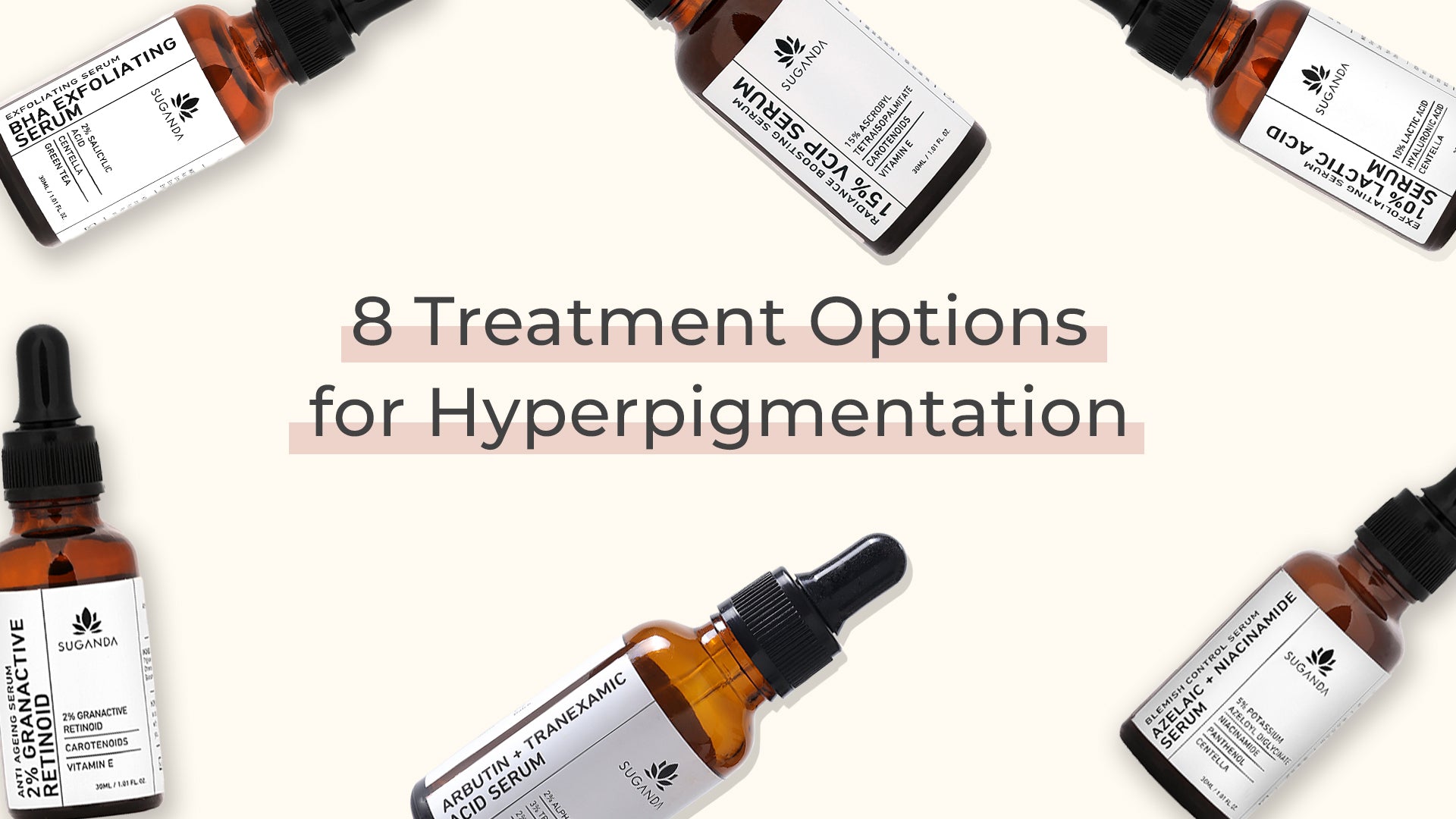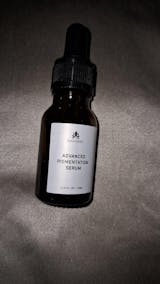Written by - Prakruti
Hyperpigmentation is a much more hyped topic in the beauty industry. Everyone wants clear, glowing skin without sunspots, dark patches or pigmentation, but then, hyperpigmentation is an inseparable part of the skin.
Wondering why?
The reason is Melanin, a pigment responsible for giving our skin its natural colour. However, when we are exposed to the sun or undergo any hormonal changes, it triggers melanocytes to overproduce melanin, which in turn causes hyperpigmentation.
However, hyperpigmentation can be treated and there’s nothing to feel bad or ashamed of as it is quite common. Every other person has pigmentation. This is a harmless skin condition and can be due to hormonal imbalance, excessive sun exposure, rubbing or chafing etc.
In one of our previous blogs, we explained everything you should know about hyperpigmentation. To know it better, you can have a look.
There are multiple options you can choose from to get rid of hyperpigmentation. But beware, you need to be consistent with your treatment and have patience as no treatment does miracles in one go. This implies both natural and chemical ways of treatment.
Let’s discuss them in detail -
-
Chemical peels AHA/BHA:
Chemical peeling or chemexfoliation refers to the removal of dead skin cells using a chemical solution. This chemical solution contains a certain concentration of AHA and BHA, like glycolic acid, salicylic acid etc.
Glycolic acid peel is considered as a safe and effective solution for hyperpigmentation. It is an AHA, and is commonly used by dermatologists for peeling in concentrations of 20-70%. The exfoliant removes dead skin cells and reveals the top layer of skin underneath with an even tone.
AHAs such as glycolic acid are suitable for all skin types. However, if you have acne prone skin you can opt for BHA like salicylic acid peel as it is less aggressive and can help in reducing the sebum production.
-
TCA peels:
TCA refers to trichloroacetic acid. TCA peels are considered medium level peeling. It helps in minimizing the pores and is exceptionally good at improving skin texture by reducing hyperpigmentation. TCA peeling helps in stimulating collagen production.
Studies show that TCA peeling significantly improves the cosmesis of photoaged facial skin while its low concentration is effective for superficial sun damage.
-
Retinol treatment:
Retinol is a form of vitamin A that can help improve the hyperpigmentation of the skin. The treatment can be done orally or topically under the guidance of dermatologists. Oral treatment includes tablets with potential strength and topical treatment includes over the counter creams and lotions.
Retinol causes the skin cells to turn over and begins the process of removing the pigmented cells. It works wonders in unclogging pores and treating acne conditions.
Overdose can cause severe health risks, beware!
-
Kojic acid:
You may have heard about hydroquinone. Kojic acid has similar properties.
Precisely, kojic acid possesses melanin blocking properties which in turn help in lightening and brightening of skin.
Kojic acid functions as an antioxidant and antibacterial in cosmetic products, and also helps in treating and preventing hyperpigmentation.
Do not apply raw kojic acid on to skin, also not over breakouts or acne affected areas.
-
Azelaic acid:
When we talk about treatment for hyperpigmentation, azelaic acid pops right to the head. One of the best options to prevent hyperpigmentation is azelaic acid as it interferes with production of melanin by inhibiting tyrosinase, an enzyme linked to melanin formation.
Moreover, Azelaic acid is well known for calming sensitivity, reducing comedones and lightening blemishes.
-
Alpha Arbutin.
World wide acceptance as a depigmenting agent, Alpha arbutin has gained a lot of popularity due to its skin brightening properties. A better way to understand it is to know that it comes from hydroquinone.
Studies have shown that the consistent use of alpha arbutin helps to even out the dark patches on skin. It works best at 2% concentration and can be recommended for all skin types.
-
Vitamin C.
Vitamin C is a known depigmentation agent and a potential antioxidant drug. It inhibits melanin production, fades dark spots, rejuvenates the skin and what not!
Once you add it to your skin care regimen, you can see the visible results within 2 weeks. However, you must choose your suitable form of vitamin C as per your skin type.
Bonus tip - Always consult your dermatologist before you begin with any of the hyperpigmentation treatments. Do not let your skin suffer!
Source:
1.https://www.hindawi.com/journals/drp/2021/3085670/ (“Trichloroacetic Acid Peeling for Treating Photoaging: A Systematic Review”)
2.https://www.medicalnewstoday.com/articles/retinoids (Sellers, Alisha D)(“What are retinoids and what do they treat?”)
3.Burnett, C. L., Bergfeld, W. F., Belsito, D. V., Hill, R. A., Klaassen, C. D., Liebler, D. C., … Andersen, F. A. (2010, Nov-Dec). Final report of the safety assessment of kojic acid as used in cosmetics [Abstract]. International Journal of Toxicology, 29(6 Suppl), 244S-73
https://www.ncbi.nlm.nih.gov/pubmed/21164073
4.https://www.ncbi.nlm.nih.gov/pmc/articles/PMC3673383/ (“Vitamin C in dermatology - PMC”)







 +91 9347578980
+91 9347578980
